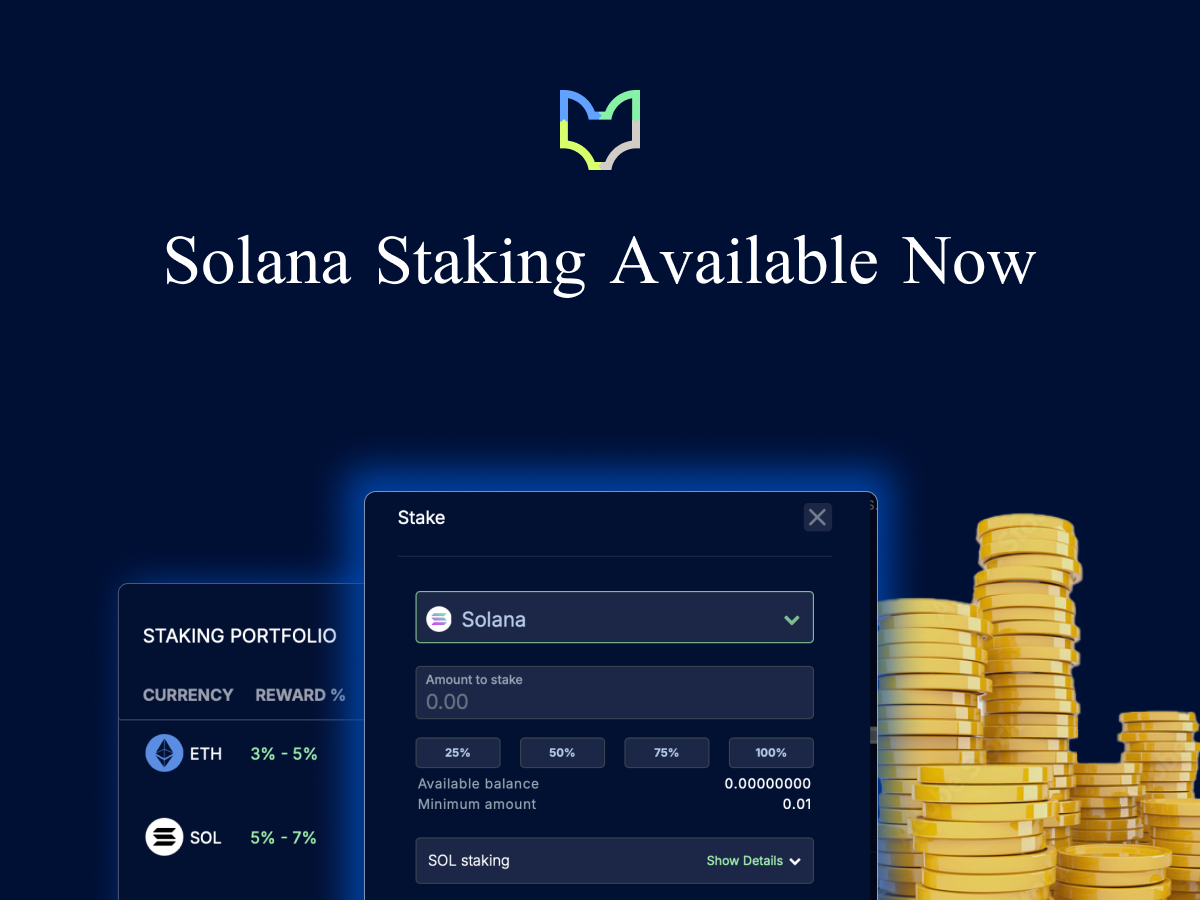On June 7, 2022 the Lummis-Gillibrand Responsible Financial Innovation Act was introduced and outlined a bold agenda aimed at clarifying legal requirements for regulated entities to issue, trade, and provide services related to certain digital assets. The Responsible Financial Innovation Act (the Act) is also known as Lummis-Gillibrand. Here is sFOX’s summary of provisions from the Act.
Definitions
One of the most important aspects of Lummis-Gillibrand is the creation of clear definitions of terms. First the term “commodity” is defined back to the Commodity Exchange Act (7 U.S.C. 1a) and the term “security” back to the Securities Exchange Act of 1934 (15 U.S.C. 25 78c(a)). Following those existing references, the Act then lays out the newly created definition of these ten terms:
- Depository Institution
- Digital Asset
- Digital Asset Intermediary
- Distributed Ledger Technology
- Payment Stablecoin
- Person who provides digital asset services
- Security
- Smart Contract
- Source Code Version
- Virtual Currency
This important level set then sets the stage for the rest of the act.
Oversight
This bill is being marketed as “friendly” to the crypto industry and it begins to attempt to strike an important balance between continued innovation, decentralization, and consumer/investor protection. Generally perceived as a win for the crypto industry if passed into law, Lummis-Gillibrand makes the Commodities Futures Trading Commission (CFTC) (as opposed to the Securities and Exchange Commission) the exclusive spot market regulator over all fungible digital assets which are not securities.
Lummis-Gillibrand would also require digital asset exchanges to register with the CFTC in order to conduct trading activities and further classify those exchanges as financial institutions subject to other existing laws.
In one of the biggest debates in the industry, the Act distinguishes between digital assets that should be treated as commodities versus those that should be treated as securities by codifying existing legal precedent under the Howey test for determining whether a transaction qualifies as an “investment contract” and is therefore, deemed a security subject to disclosure and registration requirements under the Securities Act of 1933 and the Securities Exchange Act of 1934. Also very notable in the Act is that most digital assets are to be treated like commodities in bankruptcy proceedings.
The topic of stablecoins was already in the regulatory crosshairs prior to the meltdown of LUNA/USDT and remains so in the Act. Payment stablecoins (a type of cryptocurrency backed by one or more non-digital financial assets and redeemable on a one-to-one basis for instruments denominated in United States dollars), are defined by Lummis-Gillibrand as neither commodities nor securities. However, stablecoins would still be subject to significant regulation under the Act. Included in Lummis-Gillibrand is the establishment of a 100% reserve, asset type and detailed disclosure requirements for all payment stablecoin issuers. A stablecoin holder would be guaranteed that they can always redeem the stablecoin in exchange for the equivalent dollar value. The bill also sets forth a detailed, optional framework for all banks and credit unions to issue payment stablecoins.
Lastly, in an attempt to enhance customer protections in the cryptocurrency markets, this bipartisan bill will require providers of digital assets to disclose information about their product, including source code versioning and the legal treatment of each digital asset.
Tax implications
To address the retail component of cryptocurrencies and to encourage greater adoption and use of cryptocurrency as an alternative form of payment and exchange of value, Lummis-Gillibrand provides an exclusion of up to $200 per transaction (subject to an aggregation rule) from a taxpayer’s gross income for use of cryptocurrency for payment for goods or services under specified conditions.
With regard to the mining and staking of cryptocurrencies, Lummis-Gillibrand declares that digital assets obtained from these activities do not form a part of a taxpayer’s gross income until the eventual disposition of those assets and conversion to fiat currency.
One of the more important provisions in the Act specifies that the default classification for a decentralized autonomous organization (DAO) as a business entity for purposes of the tax code, and requires most DAOs to be properly incorporated or organized under the laws of an identifiable jurisdiction, whether as a limited liability company (LLC), corporation, partnership, etc. Simply broken down,the Act states that a DAO is a collective organization designed to be administered and governed without centralized leadership using smart contracts and blockchain technology.
Items Requiring Further Attention
Lummis-Gillibrand calls out a plethora of items that impact the digital asset space including energy consumption, cybersecurity, digital assets in retirement funds and even the digital yuan. Here are some of the items that the Act asks to further develop.
- Create an advisory committee to develop guiding principles, empower regulatory agencies and advise lawmakers on fast-developing technology
- Requires a study on digital asset energy consumption
- Directs the CFTC and the SEC to study and report on the development of a self-regulatory organization (SRO) and develop a proposal for its creation
- Directs the CFTC and SEC to consult with Treasury and the National Institute of Standards and Technology to develop comprehensive, principles-based guidance relating to cybersecurity for digital asset intermediaries
- Directs the Government Accountability Office (GAO) to conduct an analysis of the potential opportunities and risks associated with investing retirement savings in digital assets and to report its findings to Congress, Treasury, and the Department of Labor.
- Directs the Office of Management and Budget, along with the Cybersecurity and Infrastructure Security Agency, the Director of National Intelligence, and the Defense Department, to conduct an information security study around the digital yuan, China’s central bank digital currency.
Conclusion
While Lummis-Gillibrand appears to have bi-partisan support, it is yet to be seen how Congress responds in the coming weeks and months. Similar to the Dodd-Frank Act that shaped the derivatives industry, Lummis-Gillibrand is a landmark piece of legislation that will hopefully encourage the responsible growth and development of cryptocurrencies and other digital assets and promote further discussion regarding the need for regulation in the rapidly growing digital asset industry.
The full text of the bill is available here, in addition to a section-by-section overview.



